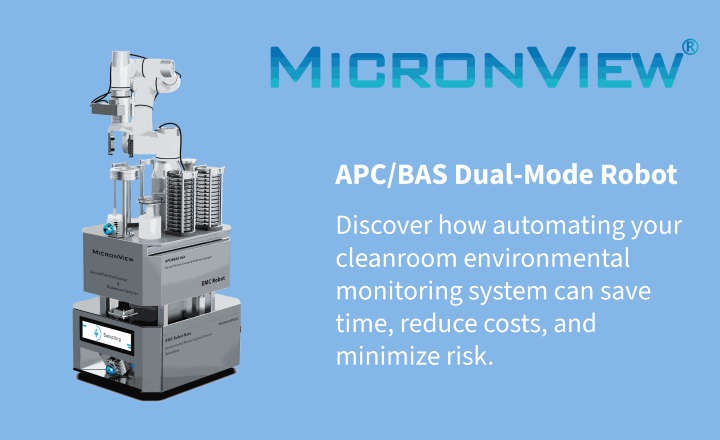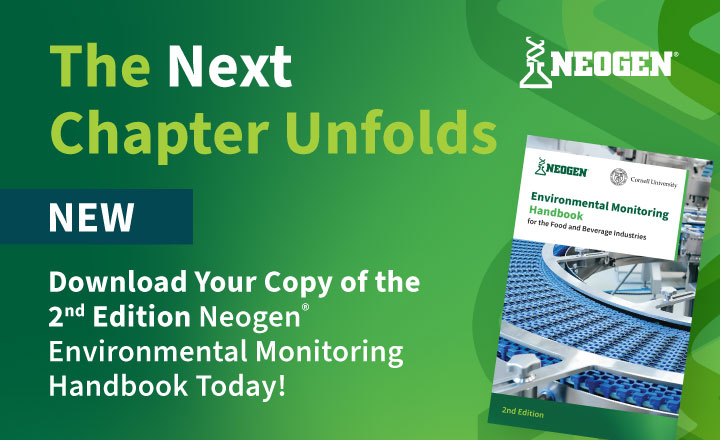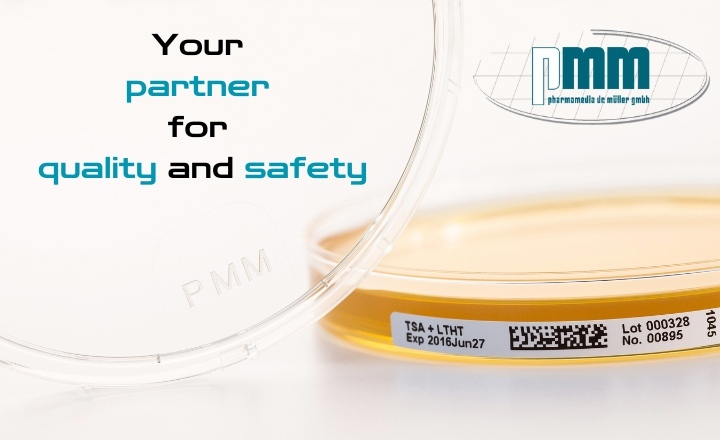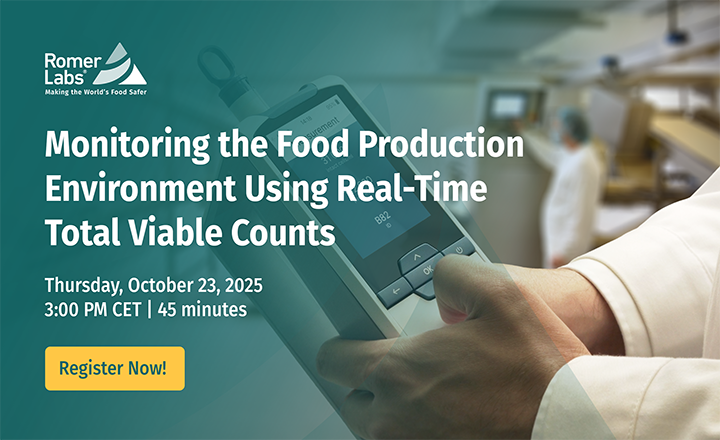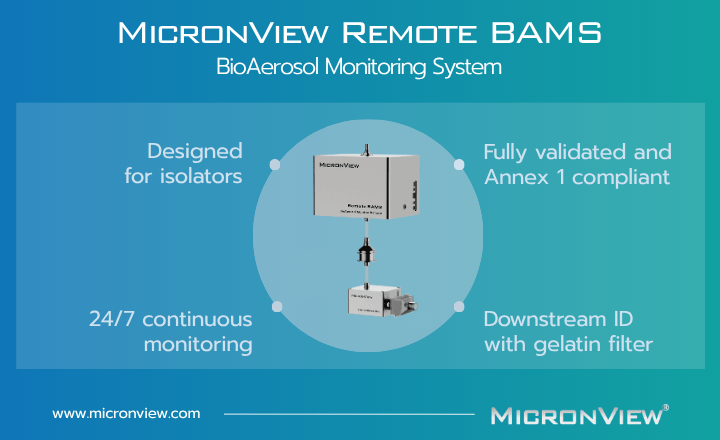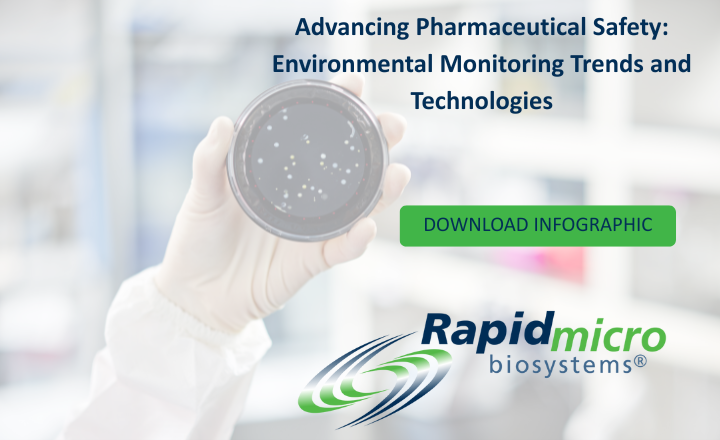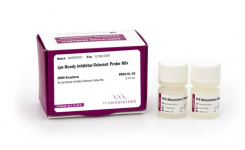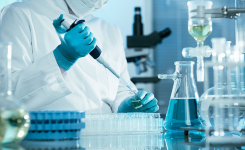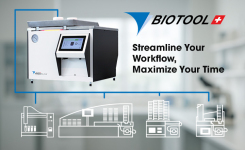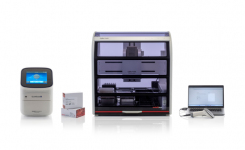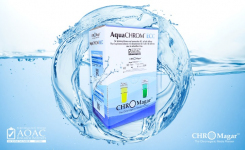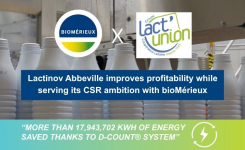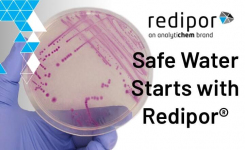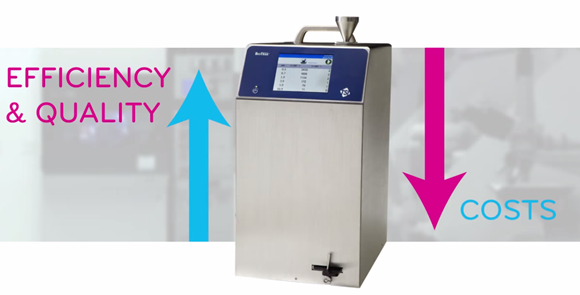
Written by Rocco Petrizzo, TSI Contamination Control Application Specialist Europe, Middle East & Africa.
There are applications where Real-Time Viable Particle Counters can be used today. These applications are non-compliance based and therefore present a low business risk. They are attractive because of their potential to provide immediate benefit and at the same time build confidence in the Laser Induced Fluorescence (LIF) measurement method.
One such application that is generating a lot of interest is root cause investigation. Companies spend a lot of time and effort investigating environmental monitoring deviations. It is not uncommon for the outcome of an investigation to be inconclusive. Retraining the operators is a common preventative action as there may not be enough data to support any other meaningful conclusion.
Finding the source and therefore the root cause of microbiological contamination requires the difficult and time consuming task of positioning air samplers or settle plates in multiple locations. Even when using good science and a risk based approach to determine these locations, there is a 3-5 day wait to know the result. Real-time airborne viable particle counters are able to solve this problem by providing end users with an immediate notification of the presence of airborne viable particles. Finding the precise source of airborne viable particles could potentially take minutes instead of days or weeks. Therefore you can save time and money using BioTrak® Technology.
Understanding the source of any microbiological contamination promptly not only saves time, it supports more effective corrective and preventative actions (CAPA) implemented following a microbiological contamination event.
Another application is operator training. Using the BioTrak® Detector as an operator training tool has very little risk in terms of compliance. Optimization of operator gowning training is one example. This training often lasts for several days and it is not uncommon for an operator to fail the gowning test. The operator has to wait for many days for the settle plate and contact plate data to be analyzed by the lab to know whether the test is a pass or fail. Moreover, most regimes require far longer incubation times, especially those which use a general purpose agar and dual incubation for the assessment of both bacteria and fungi.
If it is a fail then the operator will need to be retested, adding further delays before the operator can be permitted to enter the cleanroom unsupervised. Whilst the decision to allow an operator access to the critical manufacturing areas still rests with the culture based method, the TSI BioTrak® detector will give an indication in real-time as to the likelihood of the operator passing or failing this test. There is then the opportunity to immediately repeat the gowning test. Demonstrating to the operator in real-time at which stage of the gowning process had potentially caused the gowning test to fail is a potential advantage.
How many personnel, for example, should be present in a changing room at any single time? How long does a changing room need to ‘recover’ in order to lower the level of airborne contamination? Does the ‘recovery time’ vary depending upon the occupancy rate or type of activity? The BioTrak® can help you to answer the following questions. With the BioTrak® you can easily see that increasing the number of people going through a changing room increases the level of airborne biological activity and increases the length of time required for the room to recover.
BioTrak® is an optical spectroscopy counting device designed to simultaneously detect the number and size of particles from a volume of air; and to additionally detect whether these particles are microbial and to estimate the numbers of microorganisms. The advantage of this system is in counting the microbial content of an aerosol sample on a particle-by-particle basis, thereby providing a continuous, real-time analysis of the microbial content of a given volume of air. Moreover, an extra advantage that these technologies appear to present is with improved detection and accuracy which will give therefore a better efficiency and quality control.






